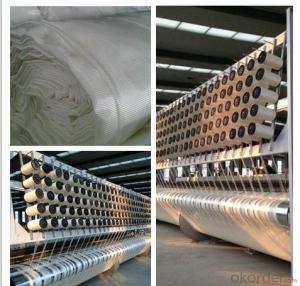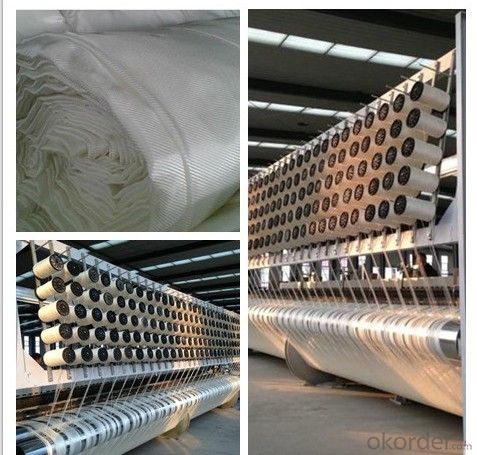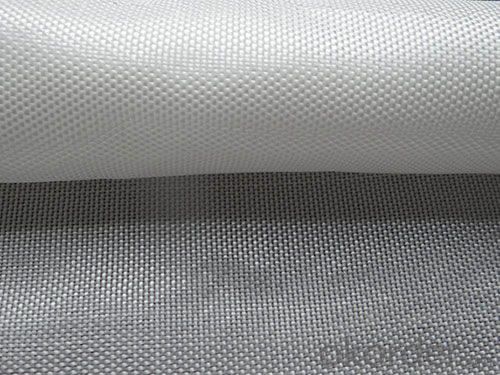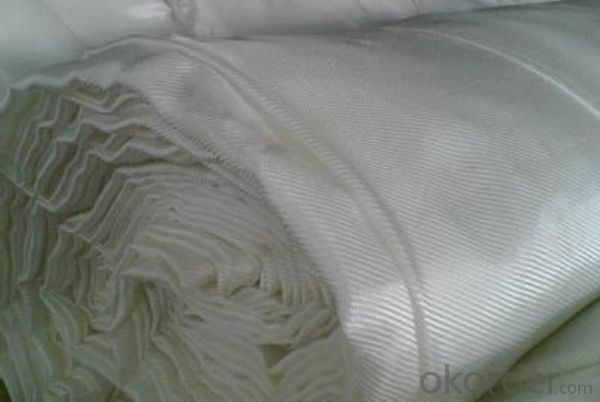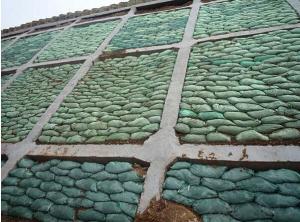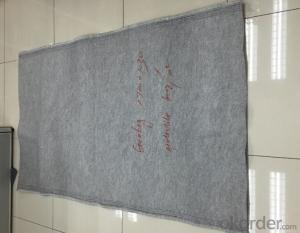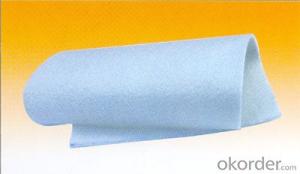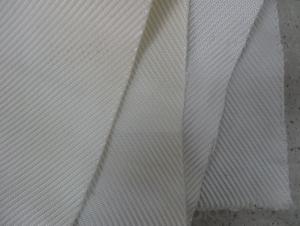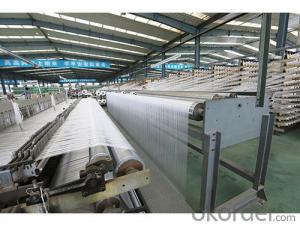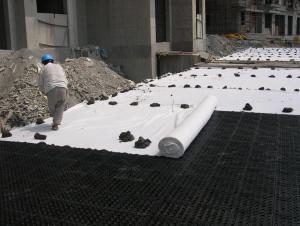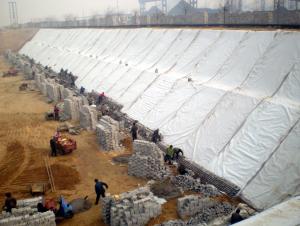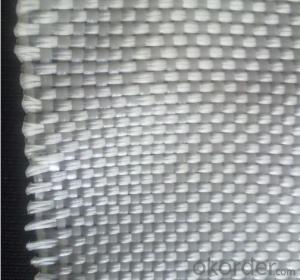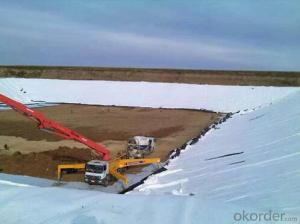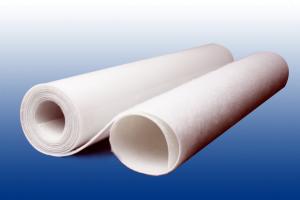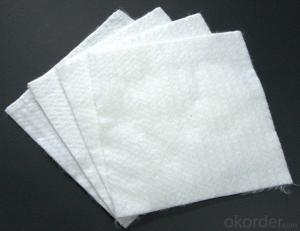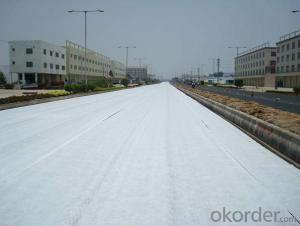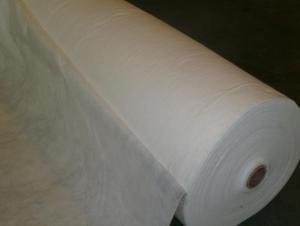Mutual Industries Filament Woven Geotextile Made of PP or PET
- Loading Port:
- China main port
- Payment Terms:
- TT OR LC
- Min Order Qty:
- 3500 m²
- Supply Capability:
- 300000 m²/month
OKorder Service Pledge
OKorder Financial Service
You Might Also Like
Specification
PP or PET Filament Woven Geotextile
Woven Geotextile Introduction
Woven Geotextile is made of high tenacity and high molecular weight polyester or polypropylene yarns. Wear-resisting, bursting resistant and high tensile strength, also provide different strength at low elongation.
Woven Geotextile Application
Woven geotextile can be applied in soil stabilization, embankment, reinforced wall and slope, sidewalk paver, coastal and riverbank revetments, landfill separators and capping, etc.
Woven Geotextile Advantage
-High tensile strength
-Wear resistant
-Burst resistant
-Easy carry and easy application
Woven Geotextile Specifications
Tensile strength(kN/m) | 100/50 | 200/50 | 400/50 | 600/50 | 800/50 | 1000/50 | 60/60 | 100/100 | 120/120 | 200/200 | 220/220 |
MD Values | 100 | 200 | 400 | 600 | 800 | 1000 | 60 | 100 | 120 | 200 | 220 |
CMD Values | 50 | 50 | 50 | 50 | 50 | 50 | 60 | 100 | 120 | 200 | 220 |
Woven Geotextile photos
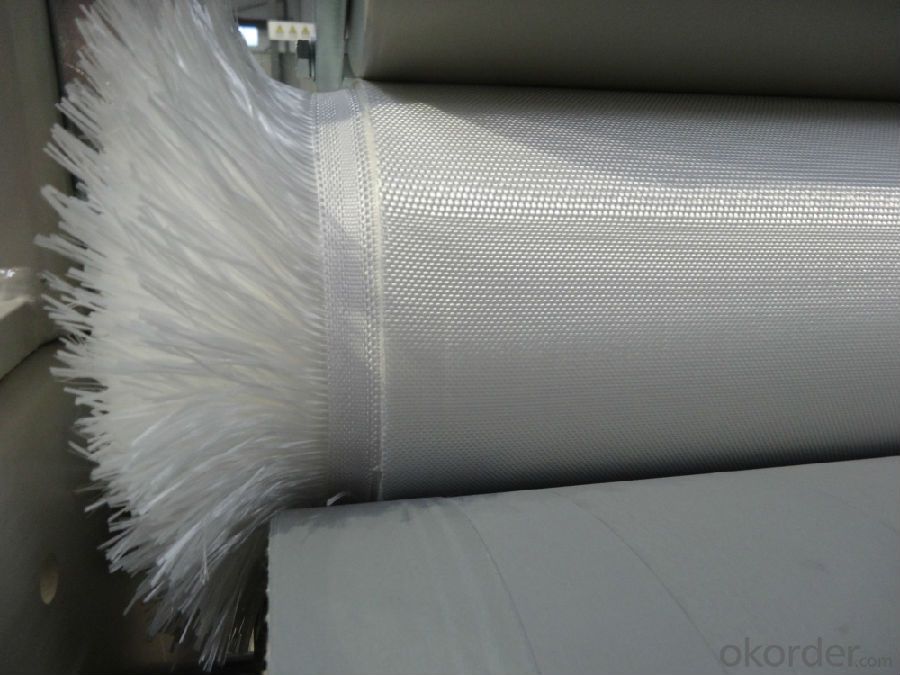
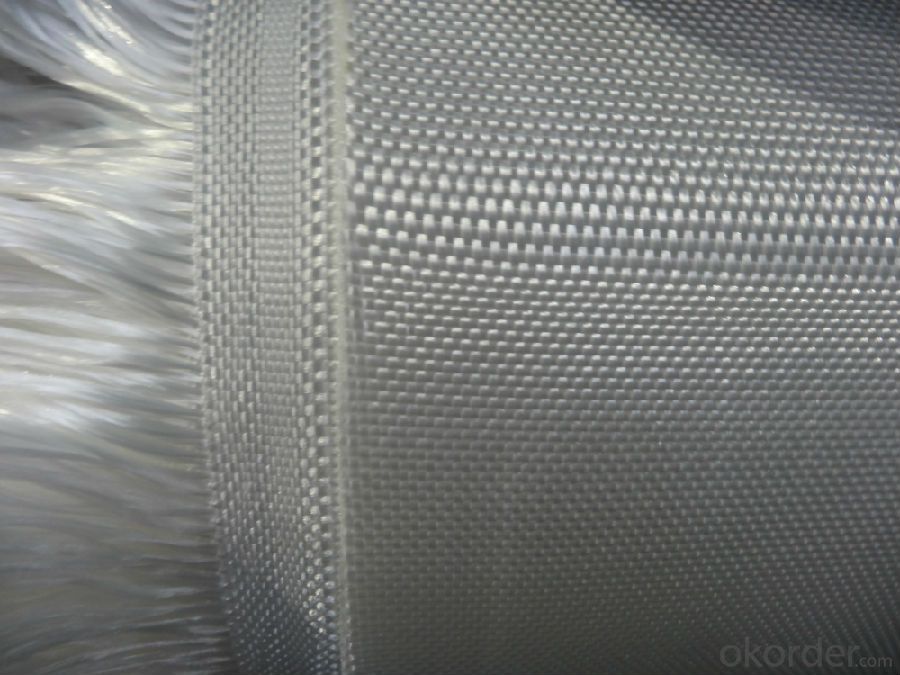

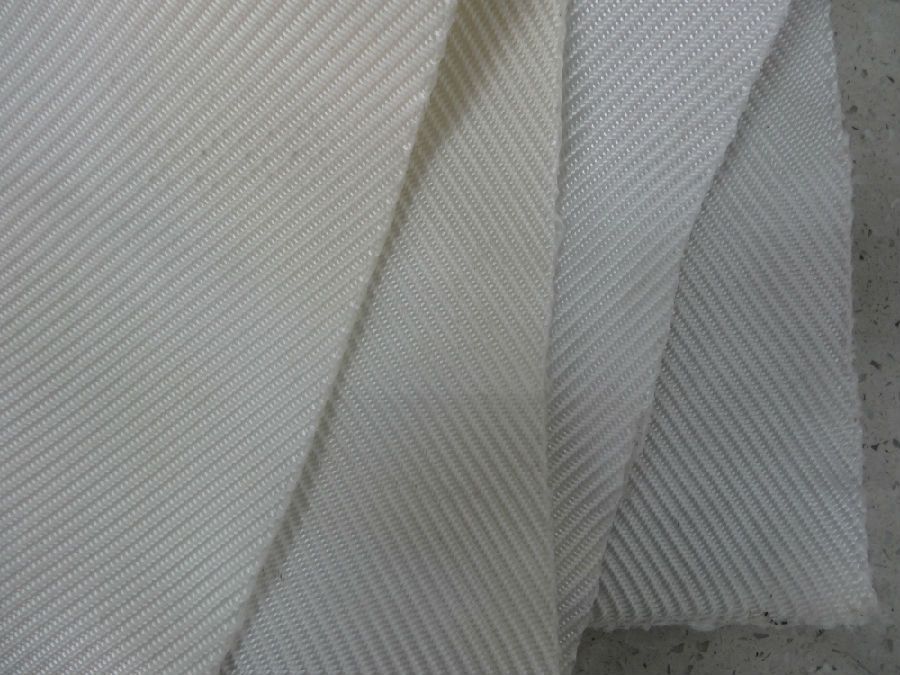
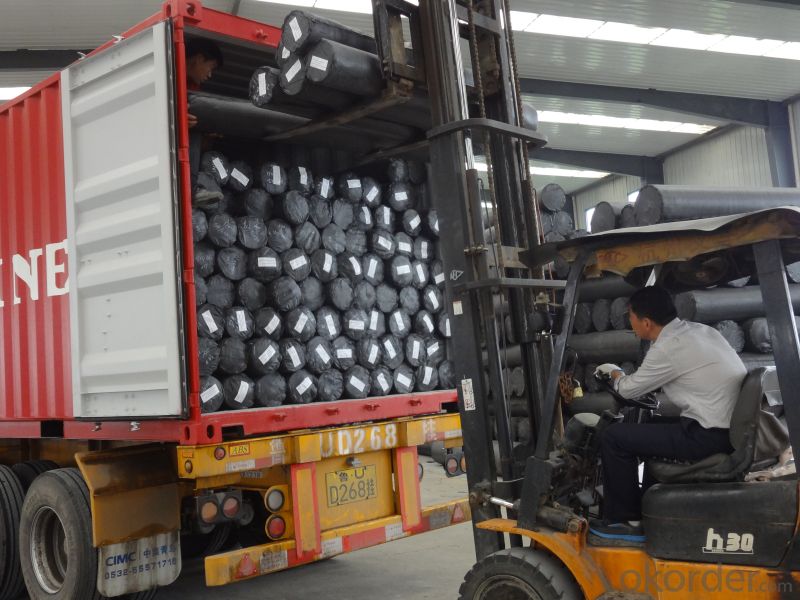
FAQ
1. Which payment do you accept?
For you convenience, our payment can be L/C, TT
2. Is free sample available?
We can supply free samples. You'll just need to pay for express cost.
3. How about your quality?
We have strict quality control system, we make testing on incoming raw material and finished products. Your third party testing is also welcomed. With high quality, our products are used on government projects at home and abroad. Our product quality is accepted by clients from all over the world. Warmly welcome your samples requirement or trail order.
- Q: Geotextile seam construction how to do
- Sewing of geotextiles All sutures must be carried out continuously (for example, spotting is not allowed). Before the overlap, the geotextile must overlap at least 150mm. The minimum stitch is at least 25 mm from the weaving edge (the edge of the material exposed). The seam of the geotextile seam is covered by a single line of thread lock. The line used for suturing should be a resin material with a minimum tension of more than 60N and is resistant to chemical corrosion and UV resistance comparable to or beyond the geotextile. Any "missing needle" on the sewn geotextile must be re-sewn in the affected area. It is necessary to take appropriate measures to prevent the soil, particulate matter or foreign matter from entering the geotextile after installation. Cloth lap according to the terrain and the use of functions can be divided into natural lap, seam or welding. Geotextile manufacturers, for your answer
- Q: After the laying of drainage board and then need to lay a layer of geotextile it?
- Yes, from the role of filtration, over the water, but to prevent clogging, I professional production
- Q: Geotextile cost how much money a flat
- Geotextile laying - including the labor costs (according to geotextile specifications and laying conditions and requirements are different), material costs (specific quality requirements and thickness, are not the same ..), mechanical use costs (such as transport, sewing System, hoisting, etc.). The price is different. Sometimes the construction of our geotextile laying, the price per square meter from 9 yuan to 50 yuan range.
- Q: What is the geotextile customs code?
- Hello: I can only give an example: if you ask the goods belong to the weight per square meter of more than 150 grams of non-woven weaving, can be returned, because you do not have a detailed description of the source of raw materials, production processes, Into the product code under 5603.1410. If you are satisfied with my answer, I would like to be accepted and given praise, thank you!
- Q: How do geotextiles prevent soil erosion on slopes?
- Geotextiles prevent soil erosion on slopes by providing a protective barrier that stabilizes the soil and prevents it from being washed away by water runoff. They help to distribute the weight of rainfall evenly across the slope, reducing the erosive force and promoting water infiltration into the soil. Additionally, geotextiles retain sediment particles, preventing their movement and maintaining the integrity of the slope.
- Q: How do geotextiles help with filtration in wastewater treatment systems?
- Geotextiles serve as a crucial component in wastewater treatment systems by providing effective filtration. These specialized fabrics have excellent permeability, allowing water to pass through while retaining solid particles and contaminants. Geotextiles act as a physical barrier, preventing the clogging of drainage systems and ensuring efficient flow of water through the treatment process. They also assist in the separation and retention of suspended solids, which aids in the removal of pollutants, sediments, and organic matter from wastewater. Overall, geotextiles enhance the filtration capacity of wastewater treatment systems, leading to improved water quality and environmental sustainability.
- Q: Are geotextiles suitable for use in landfill applications?
- Yes, geotextiles are suitable for use in landfill applications. They are commonly used to separate the waste from the underlying soil, providing stability and preventing the mixing of different materials. Geotextiles also help with drainage and filtration, reducing the risk of groundwater contamination. Additionally, they can enhance the overall performance and lifespan of the landfill by reducing erosion and increasing the structural integrity of the waste containment system.
- Q: What are the physical properties of geotextiles?
- Geotextiles are engineered fabrics that possess various physical properties. They are typically lightweight and flexible, allowing for easy handling and installation. Geotextiles also exhibit high tensile strength, enabling them to withstand stress and strains that occur during construction or erosion control applications. These fabrics are permeable, allowing water and gases to pass through while retaining soil particles. Additionally, geotextiles are resistant to UV degradation, chemicals, and biological degradation, ensuring their durability and longevity in outdoor environments.
- Q: what are Smart Geotextiles?
- These are textiles which use nano-technology to behave in certain ways under specific conditions. For example, a textile used for a tent can be white when the surrounding air is hot, but will turn black or dark when it's cold so it can absorb heat.
- Q: Construction Technology of Seepage Control of Geotextile for Landscape Water System
- Laying HDPE geomembrane should try to weld at least, in ensuring the quality of the premise, as far as possible to save raw materials. But also easy to ensure quality. The lap width of the joint between the membrane and the membrane is generally not less than 10 cm, usually in the direction of the weld arrangement parallel to the maximum slope, that is, along the slope direction. Geomembrane thickness of not less than 0.25mm, too thin may produce pores, and easy to damage in the construction and reduce the anti-seepage effect. Geomembrane construction, in particular, should pay attention to laying should not be too tight, not wrinkled, stitching to be strong. Should be strictly in accordance with technical specifications construction, the good preparation, laying, splicing, inspection and backfill, such as five quality off. I specialize in production and construction
Send your message to us
Mutual Industries Filament Woven Geotextile Made of PP or PET
- Loading Port:
- China main port
- Payment Terms:
- TT OR LC
- Min Order Qty:
- 3500 m²
- Supply Capability:
- 300000 m²/month
OKorder Service Pledge
OKorder Financial Service
Similar products
Hot products
Hot Searches
Related keywords
